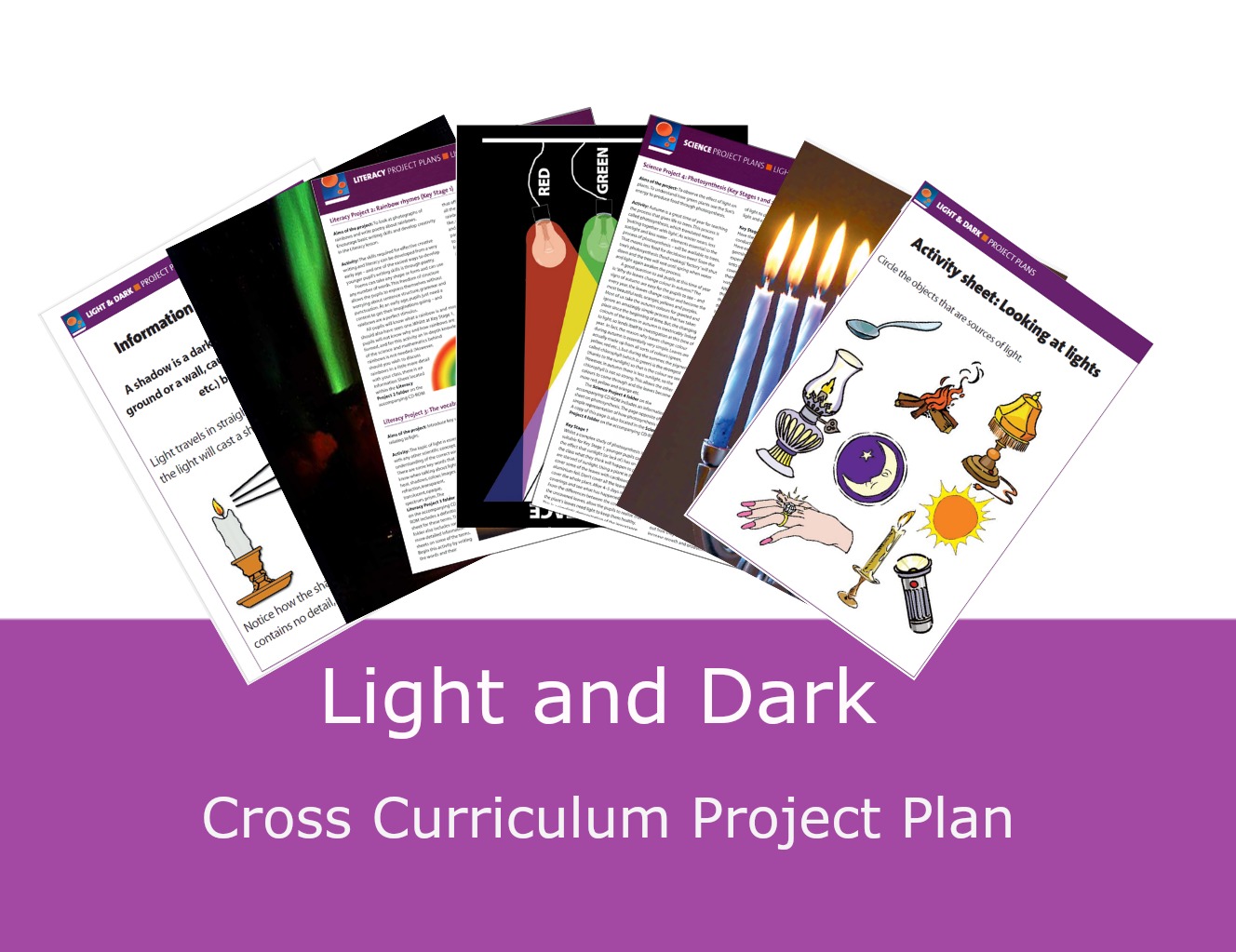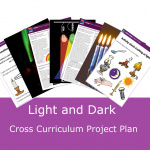From the time of the Ancient Greeks, people have thought of light as a stream of tiny particles. After all, light travels in straight lines and bounces off a mirror, much like a ball bouncing off a wall. It wasn’t until the late 17th century that the idea of the light wave was established by Christian Huygens, and further corroborated and developed in the early 19th century by Thomas Young.
Albert Einstein advanced the theory of light further in 1905. Einstein considered the photoelectric effect, in which ultraviolet light hits a surface and causes electrons to be emitted from the surface. Einstein’s explanation for this was that light was made up of a stream of energy packets called photons. Modern physicists believe that light can behave as both a particle and a wave, but they also recognise that either view is a simple explanation for something more complex.
Many subjects in the National Curriculum include the study of light and dark – the most obvious being science. However the topic can be effectively used as a foundation for literacy, numeracy, art, history and RE lessons. In this cross curriculum project pupils can explore the theme of Light and Dark through activities and research ranging from the history of light and lighting, to Hanukkah and Diwali, the religious Festivals of Light.





